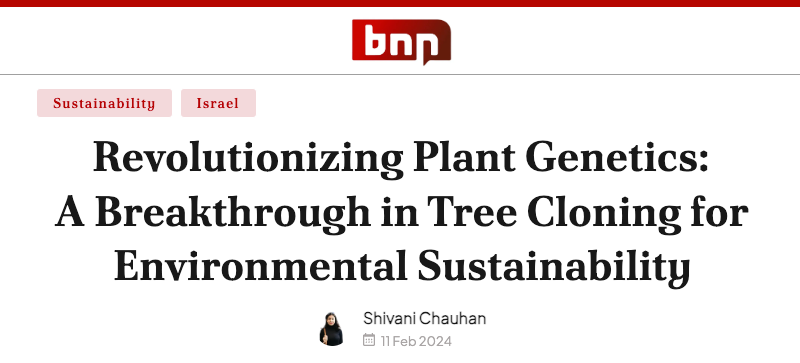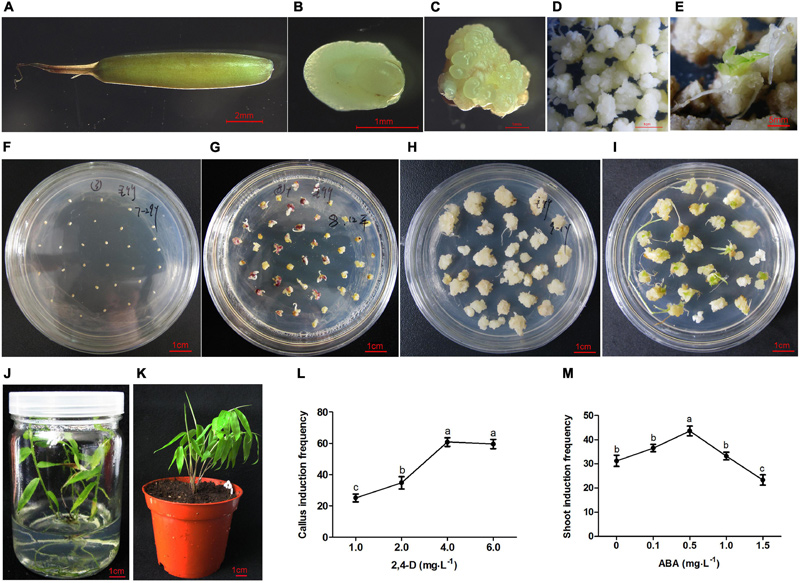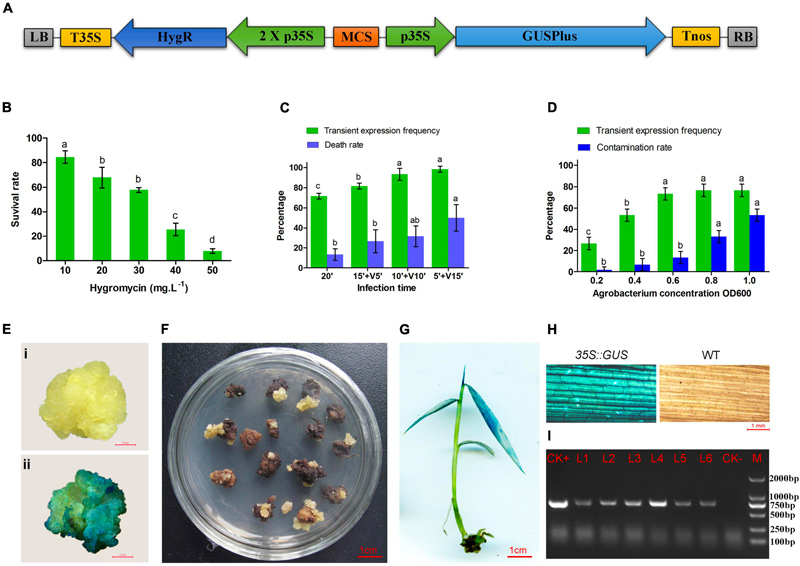
A multi-national research team has made a groundbreaking discovery in plant genetics, developing an efficient tree cloning method with the potential to revolutionize agriculture and promote environmental sustainability. This innovative approach significantly enhances the common stem cuttings technique, enabling asexual reproduction of desired tree properties without the use of seeds. By creating a ‘library’ of molecules and identifying a substance that boosts rooting efficiency, the researchers have opened new possibilities for manipulating plant growth and addressing pressing environmental challenges.

In an effort to advance the field of plant genetics and promote environmental sustainability, a multi-national research team has developed an efficient method for genetic cloning of trees. This innovative approach, published in Nature Biotechnology, significantly improves upon the common stem cuttings technique, which allows for asexual reproduction of desired tree properties without the use of seeds. The researchers, led by teams from Tel Aviv University and the Volcani Institute in Israel, have created a ‘library’ of molecules and identified a substance that increases rooting efficiency by sixfold, allowing the active component to remain in the plant for one and a half weeks, compared to the standard two days.
A New Chapter in Plant Genetics

The new method could revolutionize the agricultural industry by reducing costs for farmers and consumers, improving crop yields, and contributing to environmental sustainability. By enhancing the common stem cuttings technique, the researchers were able to overcome the economic impracticality of low rooting rates that often plague this asexual reproduction method. This breakthrough has the potential to transform the way we grow and cultivate trees, particularly those with valuable properties or resistances to climate change.
Dr. Oded Shoseyov, one of the leading researchers from Hebrew University, explains the significance of their work: “We’ve developed a method that can take a tree cutting, dip it in our solution, and significantly increase the chances of it growing roots and becoming a new tree. This has immense implications for the agricultural industry and could help us address some of the most pressing environmental challenges we face today.”
The Power of Synthetic Auxins
At the heart of this new method lies a synthetic auxin material, developed by the research team from Tel Aviv University and the Volcani Institute. Auxins are naturally occurring plant hormones that play a crucial role in growth and development. By attaching the synthetic auxin to various chemical groups, the researchers were able to create a substance that significantly improves rooting efficiency, raising the rooting rate to 60 percent – six times higher than the standard method.
“We’ve essentially created a molecular ‘toolbox’ that allows us to manipulate the auxin hormone and its interactions within the plant,” says Dr. Asaph Aharoni, another leading researcher from Tel Aviv University. “This not only enhances the rooting process but also opens up new possibilities for understanding and manipulating plant growth and development.”

A Greener Future
The potential applications of this new method extend beyond agriculture and into the realm of environmental conservation. By developing plants that are resistant to climate change, pests, and diseases, this technology could help safeguard the world’s forests and promote reforestation efforts. Moreover, by reducing the need for seeds and increasing the efficiency of asexual reproduction, this method could contribute to the preservation of rare and endangered tree species.
“Our research has the potential to change the way we interact with and cultivate trees, which could have profound implications for our planet’s future,” Dr. Shoseyov concludes. “As we continue to refine and develop this technology, we hope to unlock even more of the incredible potential that lies within the world of plant genetics.”
As the global community grapples with the challenges of climate change and environmental degradation, the innovative work of this multi-national research team offers a glimmer of hope. By harnessing the power of synthetic auxins and enhancing the efficiency of asexual reproduction in trees, they have taken a significant step towards a greener, more sustainable future.
In the face of adversity, their groundbreaking research serves as a reminder that human ingenuity and collaboration can overcome even the most daunting of challenges. As this new method continues to be refined and implemented, it has the potential to not only revolutionize the agricultural industry but also contribute to the preservation of our planet’s precious ecosystems.